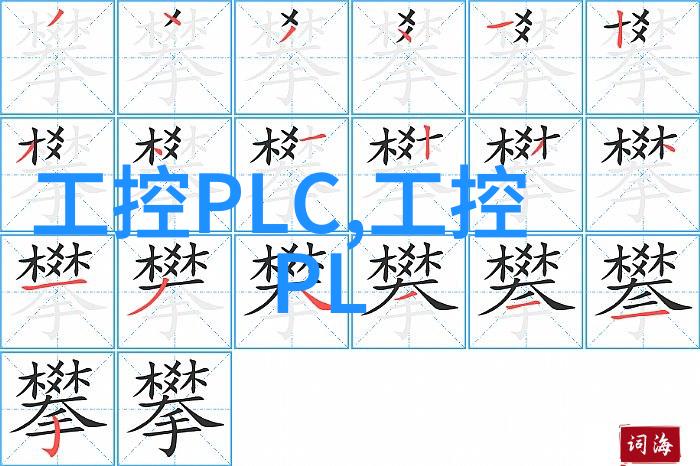您现在的位置是: 首页 - PLC - 嵌入式系统概述定义与核心特征分析 PLC
嵌入式系统概述定义与核心特征分析
2024-06-28 【PLC】 1人已围观
简介嵌入式系统概述:定义与核心特征分析 嵌入式系统的概念与应用 嵌入式系统是指在非计算机设备内部集成的计算机系统,它们通常用于控制和监测各种物理过程,如自动驾驶车辆、智能家居设备等。这些系统以其强大的实时处理能力和适应性而闻名。 嵌入式软件开发的挑战 嵌bedded software development faces unique challenges, such as limited
嵌入式系统概述:定义与核心特征分析

嵌入式系统的概念与应用
嵌入式系统是指在非计算机设备内部集成的计算机系统,它们通常用于控制和监测各种物理过程,如自动驾驶车辆、智能家居设备等。这些系统以其强大的实时处理能力和适应性而闻名。

嵌入式软件开发的挑战
嵌bedded software development faces unique challenges, such as limited resources, strict real-time requirements, and harsh environments. Developers must carefully balance performance, power consumption, and reliability to create efficient and effective systems.

嵌入式硬件设计原则
The design of embedded hardware is guided by principles like miniaturization, low power consumption, and robustness. Engineers must select appropriate components that can withstand the demands of their intended application while minimizing size and energy usage.

实时操作系统与任务调度
Real-time operating systems (RTOS) are essential for managing tasks in embedded systems with stringent timing constraints. Effective task scheduling algorithms ensure that critical functions are executed promptly without compromising overall system performance or stability.

安全性与数据保护在嵌入式系统中的作用
Security is a vital consideration in embedded systems due to their potential exposure to malicious attacks or unauthorized access. Data protection measures such as encryption and secure communication protocols safeguard sensitive information within these devices.
未来趋势:物联网连接下的嵌入式技术发展
As the Internet of Things (IoT) continues to expand its reach into various industries, the demand for advanced embedded technologies will increase significantly. Future developments will focus on integrating more sophisticated AI capabilities into these systems while maintaining their efficiency and reliability standards.
通过深入了解嵌bedded systems' definition and characteristics,工程师能够更好地面对复杂应用领域的挑战,并推动创新技术进步。






